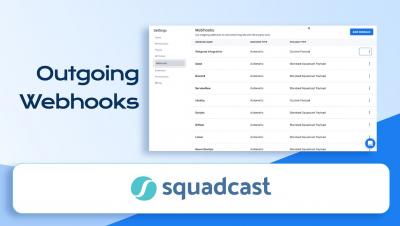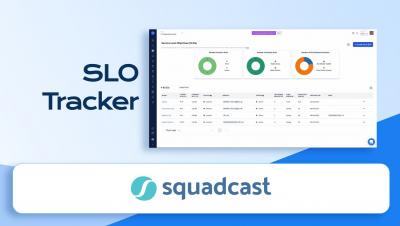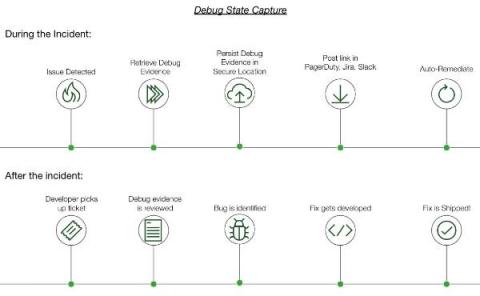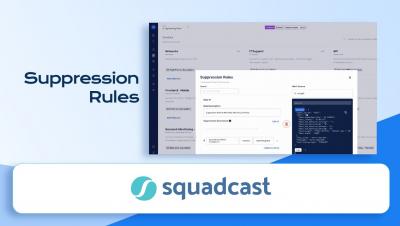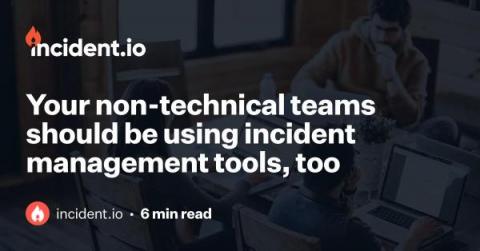How to Ace Your First On-Call Rotation
If you are a new IT professional or manage a young team of IT staff, you know it too well how intimidating it is to be assigned to an on-call rotation for the first time. You might be asking yourself questions such as, “Will an outage or breach unfold? Will I sleep through an alert?



